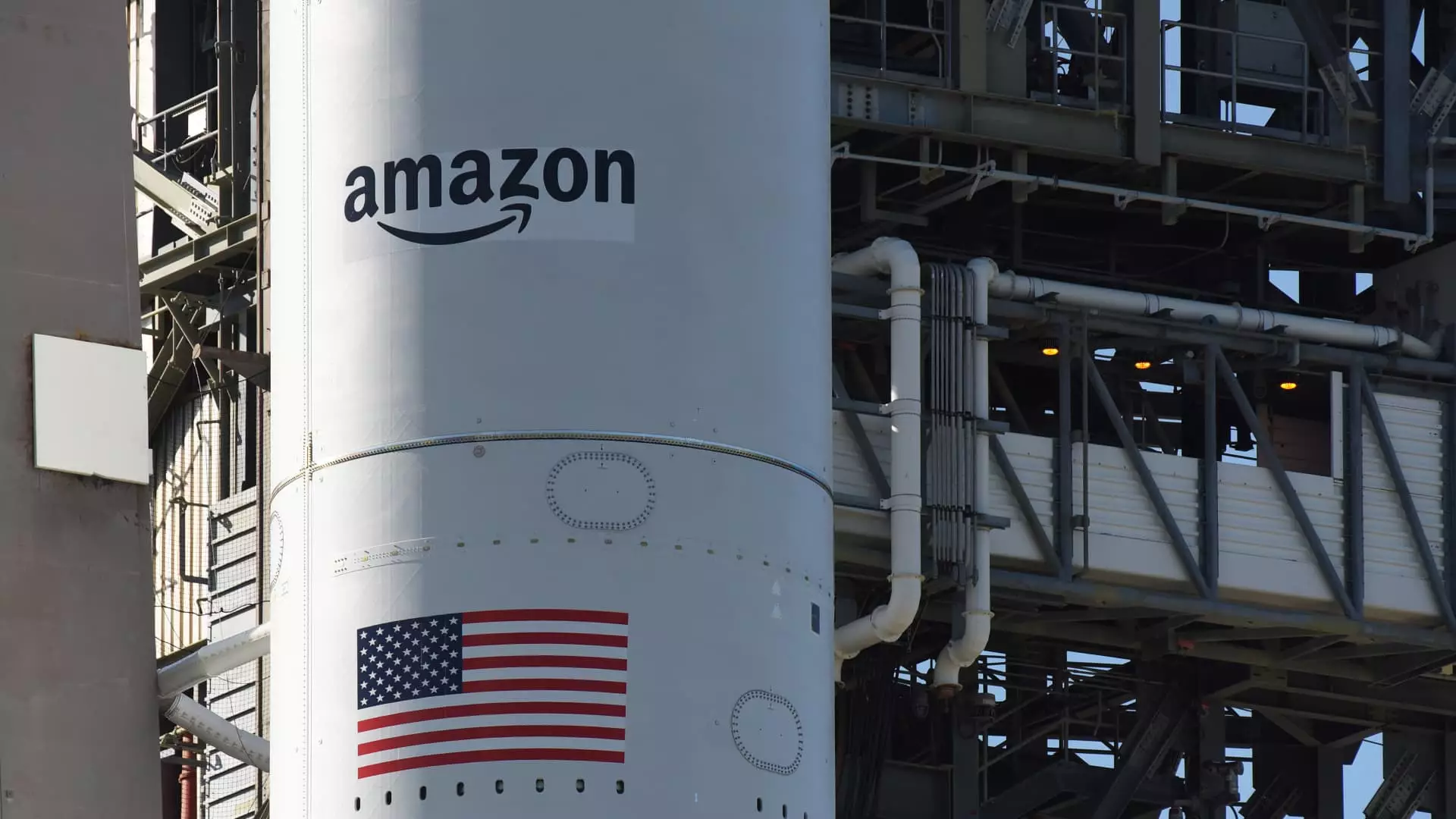In a turn of events that highlights both the unpredictability of space endeavors and the palpable pressure in the satellite internet market, Amazon’s launch of its Kuiper internet satellites was delayed due to adverse weather conditions. The United Launch Alliance (ULA) made the announcement after it was compelled to halt the countdown for a rocket ready to launch from Cape Canaveral, Florida. Their decision was based on the presence of “stubborn cumulus clouds” and strong winds—an example of how nature can thwart even the most meticulously planned technological enterprises. This incident serves as a reminder that, despite our advancements, we are still at the mercy of environmental elements.
The Race Against Time
Amazon first unveiled its ambitions to create a satellite network six years ago, aiming to deliver high-speed, low-latency internet to a wide range of consumers—from individuals to large government entities. However, as Amazon grapples with launching its Kuiper satellites amidst weather uncertainties, one can’t help but scrutinize the competitive landscape that surrounds its efforts. Notably, SpaceX, with its renowned Starlink service, has already deployed a formidable 8,000 satellites into orbit, establishing a considerable lead.
In fact, entrepreneur Elon Musk’s close ties to the federal government have only solidified SpaceX’s presence further. With Musk functioning as an advisor to the Trump administration, overseeing initiatives like the Department of Government Efficiency (often humorously referred to as DOGE), the ties between government and this tech behemoth appear to favor SpaceX’s ambitions over Amazon’s. It raises questions about how not only weather but also political and economic winds are inherently influential forces shaping market outcomes.
Regulatory Constraints and Future Production
Adding another layer of complexity, Amazon faces a looming deadline mandated by the Federal Communications Commission (FCC), which stipulates that it must launch half of its planned constellation—1,618 satellites—by July 2026. This timeline, compounded with the need for rapid progress following this initial delayed launch, presents a formidable challenge. Observers are left to wonder whether Amazon can rise to meet this regulatory hurdle while navigating the unpredictable battleground that is outer space.
In anticipation of future launches, Amazon is reportedly ramping up production efforts for its satellites, underscoring a commitment to make up for lost time. However, one must ask: will a scrambling effort yield the same quality and reliability that consumers expect? Or could rushed production lead to new pitfalls, damaging the reputation that Amazon has built in various other sectors?


Leave a Reply